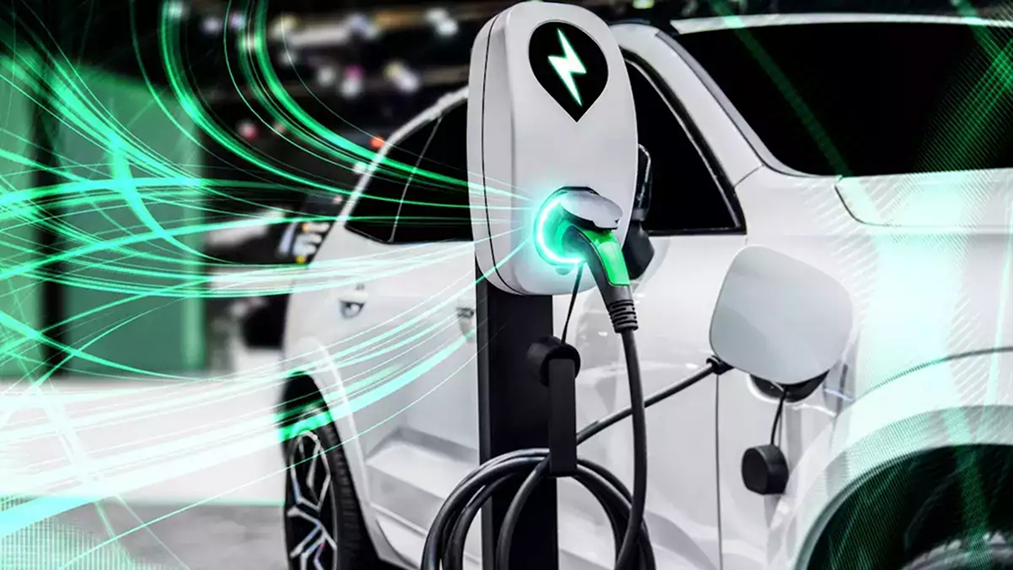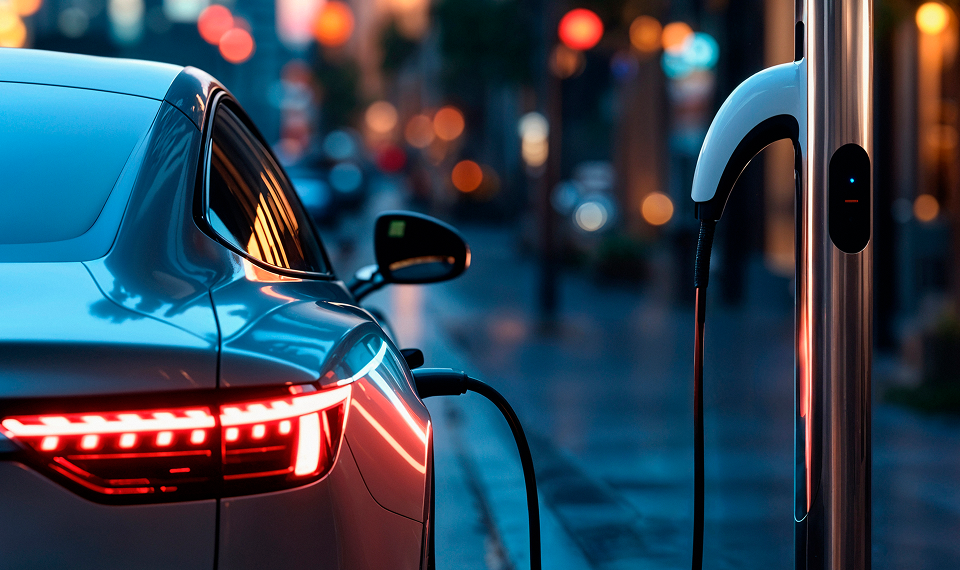Current Market Size
The numbers tell a compelling story. India's EV industry hit a remarkable milestone in 2024, with sales surging to 1.94 million units. This represents a 26.5% year-on-year growth, showcasing the sector's robust momentum.
Key Players and Market Leadership
1. Four-Wheeler Segment
Tata Motors dominates the electric car segment with over 72% market share, followed by MG Motors at 10.8% and Mahindra at 9%. Tata's success stems from its early commitment to EVs and strategic product positioning.
2. Two-Wheeler Revolution
The two-wheeler segment has been particularly dynamic, with multiple players vying for market share. Electric two-wheelers account for more than 55% of all EV sales, making it the most competitive segment in the Indian EV market.
3. Commercial Vehicles
In the electric bus category, Tata Motors, JBM Auto, and Olectra Greentech lead the pack, collectively controlling more than 75% of the market share.
4. The India-China Dynamic
India is making significant strides in challenging China's EV dominance. A notable achievement came in 2023 when India overtake China to become the world's largest market for electric three-wheelers, with over 580,000 sales. This milestone demonstrates India's potential to carve out its own niche in the global EV landscape.
However, challenges remain. Chinese automakers have surged ahead in the global EV space, and India needs to strengthen its manufacturing capabilities to compete effectively.
Key Challenges?
The Indian EV sector faces several hurdles:
1. Infrastructure Gap: One of the largest obstacles remains the lack of reliable charging infrastructure, particularly in rural areas.
Cost Concerns: High initial costs continue to be a significant barrier, though prices are gradually becoming more competitive.
2. Battery Technology: Thermal degradation of batteries in India's climate poses a unique challenge, affecting vehicle range and performance.
The Road Ahead
The future looks promising. The Indian EV market is projected to grow from $8.49 billion in 2024 to reach a staggering value by 2030, with a CAGR of 40.7%. This growth trajectory is supported by:
1. Government Initiatives: The recent reduction in import duties to 15% for certain EVs aims to attract foreign investment while building domestic capabilities.
2. Manufacturing Push: India's largest conglomerate, Tata Motors, has opened EV-only facilities, signaling a serious commitment to electric mobility.
3. Market Evolution: EV sales are expected to surpass 120,000 units in 2024, with domestic manufacturers strengthening their position.
Conclusion
India's electric vehicle (EV) future looks promising, thanks to strong government support and innovative initiatives. Programs like the FAME II scheme and the PM E-Drive are encouraging the adoption of EVs across the country. Additionally, the Production Linked Incentive (PLI) scheme for advanced battery manufacturing is helping to build the necessary infrastructure for a greener future.
As of 2024, India has installed over 10,000 public EV charging stations, a significant step toward supporting EV users. The government plans to increase this number to 50,000 charging stations by 2030, ensuring easier access for EV owners.
These efforts, combined with support from manufacturers and consumers, are driving the country toward a sustainable and electric future.
 QUALITY & CONSISTENCY Quality standards Reliable methods to keep our quality consistent.INSIGHTS Blog Deep dive into market-moving trends
QUALITY & CONSISTENCY Quality standards Reliable methods to keep our quality consistent.INSIGHTS Blog Deep dive into market-moving trends





